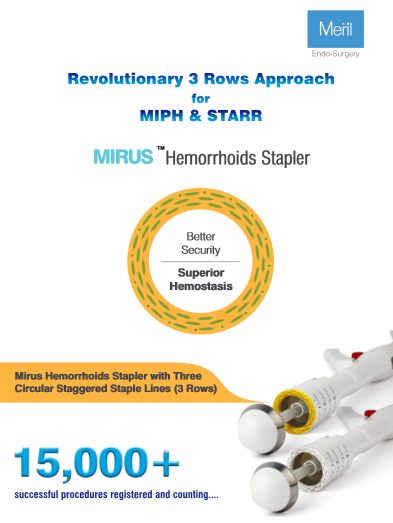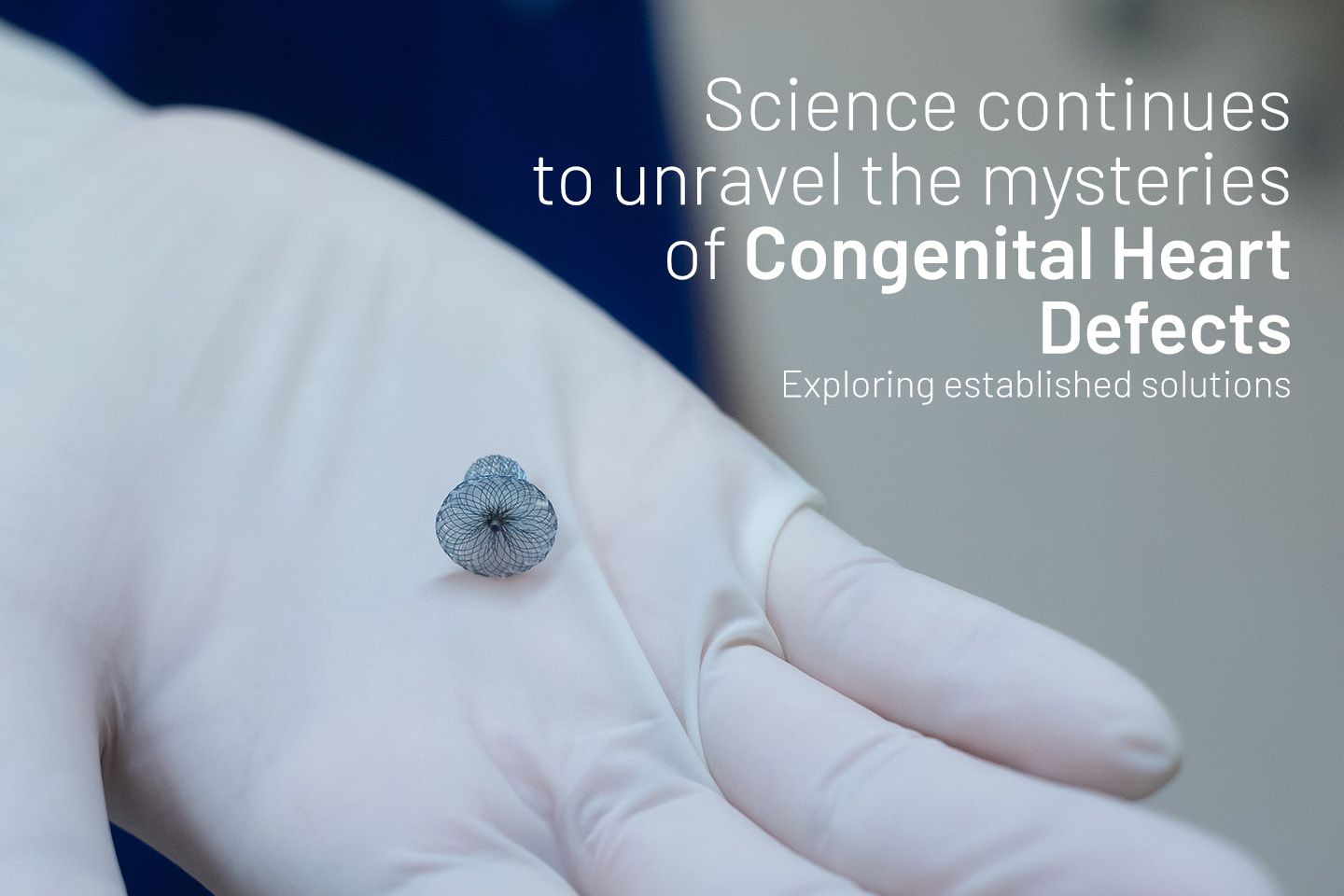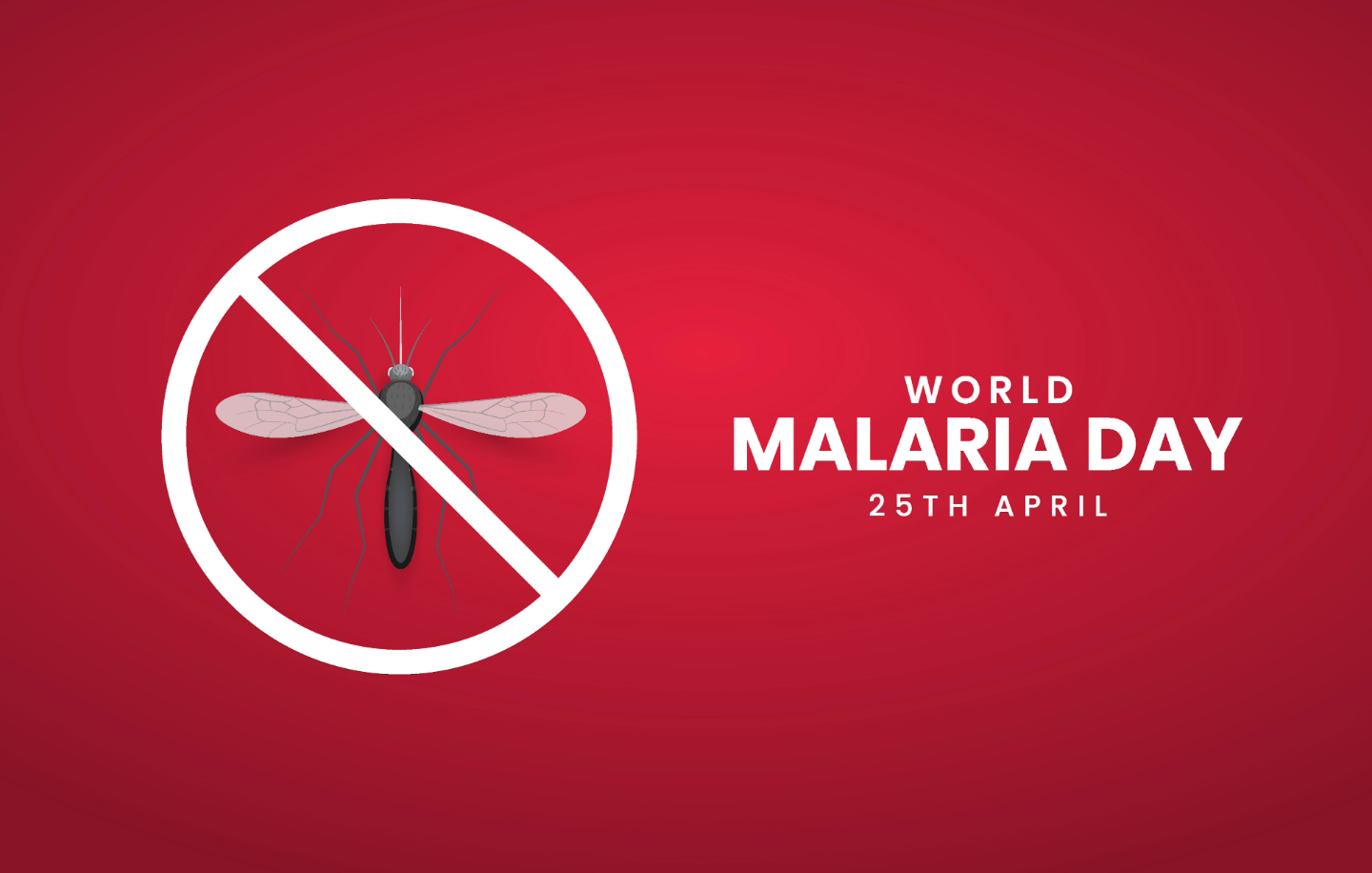Medical Devices
Piles Treatment and Surgery Options

People visit their doctors to seek treatment for aches and pains in different parts of the body – from the limbs to internal organs to the sensory organs. Most people first try to manage their pain at home while others use OTC painkillers for pain management. But when the pain gets intense, and the doctor’s medication doesn’t seem to manage it, one must explore other options – surgery, for instance. Perhaps one of the most intense and uncomfortable types of pain is one that stems from a condition known as piles. Piles can make it uncomfortable for the patient to sit in one place and get about everyday life. While mild forms of piles can be treated with medication and ointments, if it gets severe, one may need to undergo an operation for piles. This article addresses piles treatment and surgery options.
Piles – Meaning and Definition
Piles, also known as haemorrhoids, are the dilated veins found around the anus. Such haemorrhoids may be internal haemorrhoids (inside the anal canal) and external haemorrhoid (outside the anal canal). These vascular structures are cushions in the normal state and typically assist with stool control. When the rectal or anal tissue gets swollen, and then damaged, it can cause pain, inflammation and bleeding, which is commonly known as Piles.
Symptoms of Internal and External Piles
-
Internal Piles
Internal piles are typically not painful and are characterised by bright red rectal bleeding during defecation (passing stools). This becomes a problem and if the bleeding is excessive patients must immediately consult their doctors. People suffering from internal piles experience these symptoms, which can get better after a few days with necessary medication. However, if the symptoms persist, one may need piles surgery treatment. -
External Piles
External piles, on the other hand, often cause pain and swelling in the anal area, and bleeding, if any, is usually quite dark in colour. Since the external piles are exposed, they can cause itchiness and irritation, and become more painful. Moreover, external haemorrhoids can cause severe, sharp pain. People suffering from such symptoms of piles may need to undergo an operation for piles.
Piles Surgery Treatment – The Different Types of Procedures
Depending upon the severity of the haemorrhoids, the doctor decides whether one needs to undergo surgeries with or without anaesthesia. When anaesthesia is administered, the patient goes into a state of temporary controlled loss of awareness or sensation.
Non-anaesthetic piles treatment
Piles treatment, in non-anaesthetic procedures, is typically done in early stages of piles at the doctor’s clinic and is usually non-invasive. Let us look at the four common types of non-anaesthetic piles treatment procedures.
-
Banding
A clinical procedure used for the treatment of internal haemorrhoids, banding is commonly referred to as rubber band ligation. Doctors typically complete this procedure in two or more sittings, each taking place approximately two months apart. While the procedure itself is not painful at all, the patient may feel mild discomfort or pressure in the rectal area. -
Sclerotherapy
Another type of non-anaesthetic treatment, sclerotherapy is a mild to non-painful piles treatment procedure. In this procedure, the doctor injects a chemical into haemorrhoids, which causes the haemorrhoid to shrink, while also stopping it from bleeding. This procedure is also typically done at the doctor’s clinic and is less risky. It is the ideal option for patients suffering from small internal haemorrhoids. -
Coagulation Therapy
Also known as infrared photocoagulation, this is the third type of non-anaesthetic piles treatment surgery. In this procedure, the doctor uses infrared light, extreme cold or heat to make the piles shrink and retract. Coagulation therapy is done at the doctor’s clinic. People undergoing coagulation therapy usually experience only mild discomfort, typically in the form of cramping, when the treatment is administered. -
Haemorrhoidal Artery Ligation
The final type of non-anaesthetic piles treatment surgery is known as haemorrhoidal artery ligation or HAL. This treatment assists with the removal of piles by locating the haemorrhoid-causing blood vessels. The doctor uses an ultrasound to ligate or close off the piles-causing blood vessels.
Anaesthetic Piles Treatment
If the piles are severe or prolapsed (descended), the doctor may feel the need to administer general or spinal anaesthesia to remove the haemorrhoids. The anaesthesia ensures that the patient does not feel any pain during the surgery. There are three types of anaesthetic operations for piles. They are as under:
-
Stapled Haemorrhoidopexy
The first type of anaesthetic piles surgery procedure is known as the stapled hemorrhoidopexy. In this procedure, the doctor uses a circular stapling device in order to remove the haemorrhoidal tissue, after which the wound is closed. The surgeon essentially lifts the haemorrhoid and staples it back into place, in the anal canal, without making any incision. This procedure usually causes less post-surgery pain and early discharge from hospital.
Meril’s MIRUSTM Haemorrhoids Stapler involves a cutting-edge two and three rows approach to provide a minimally invasive procedure for prolapsed haemorrhoids. The product is available in conventional two rows as well as one of a kind three row models and offers better security. It is easy to use and delivers optimum excision of prolapsed haemorrhoidal tissue. The adjustable height of these staplers causes less tissue tension after procedure.

-
Haemorrhoidectomy
While performing a haemorrhoidectomy, surgeons make incisions in the tissues surrounding the haemorrhoid. The area on which the surgery is performed is either left open or sewn closed and medicated gauze is used to cover the wound. The haemorrhoidectomy surgery is usually performed with the help of a scalpel, a cautery pencil (an electronic tool), or a laser. Patients may and require dressing and warm Sitz baths on regular intervals post-operation. -
Doppler-guided Haemorrhoidectomy
The final type of anaesthetic operation for piles is known as doppler-guided haemorrhoidectomy. In this procedure, the doctor uses an anoscope to locate the haemorrhoidal arteries and ligate them, so that fewer tissues are removed. Doppler-guided haemorrhoidectomy is one of the most recent piles treatment procedures and is considered less painful than most other treatments.
Going Home after Piles Surgery
Patients who have just had an operation for piles are usually still under anaesthesia, which can last for 6 to 12 hours and provide pain relief after the operation. While patients have the option to stay in the hospital overnight, in most cases, the doctor allows them to go home after the effect of the anaesthesia wears off. The patient is also required to urinate. Sometimes patients may experience urinary retention, i.e. the inability to urinate due to the swelling in the tissues or spasms in the pelvic muscles. This is no cause for worries.

After Piles Surgery – What to Expect and What to Do
- You may experience some pain after piles surgery, and you should take medicine prescribed to manage the pain and soften stools and also prevent infection.
- You may notice some bleeding, especially after the first, post-surgery bowel movement. This is normal, so you needn’t worry.
- Remember to drink liquids and maintain a bland diet for a few days after the surgery and increase the fibre amount in your diet gradually.
- Applying numbing ointments before and after bowel movements helps with pain management.
- An ice pack can help reduce pain and swelling, whereas as warm water soaks can help relieve muscle spasms and pain.
Final note: Once the piles treatment surgery is completed, it typically takes two to three weeks for the patient to recover fully. Patients who undergo treatment for piles have to follow several guidelines as dictated by the doctor. To ensure full recovery, you must follow the doctor’s instructions. Also, ensure you watch your diet, add physical exercise and change your bowel habits to avoid straining and constipation. Follow up with your surgeon as prescribed to ensure there are no further problems.





